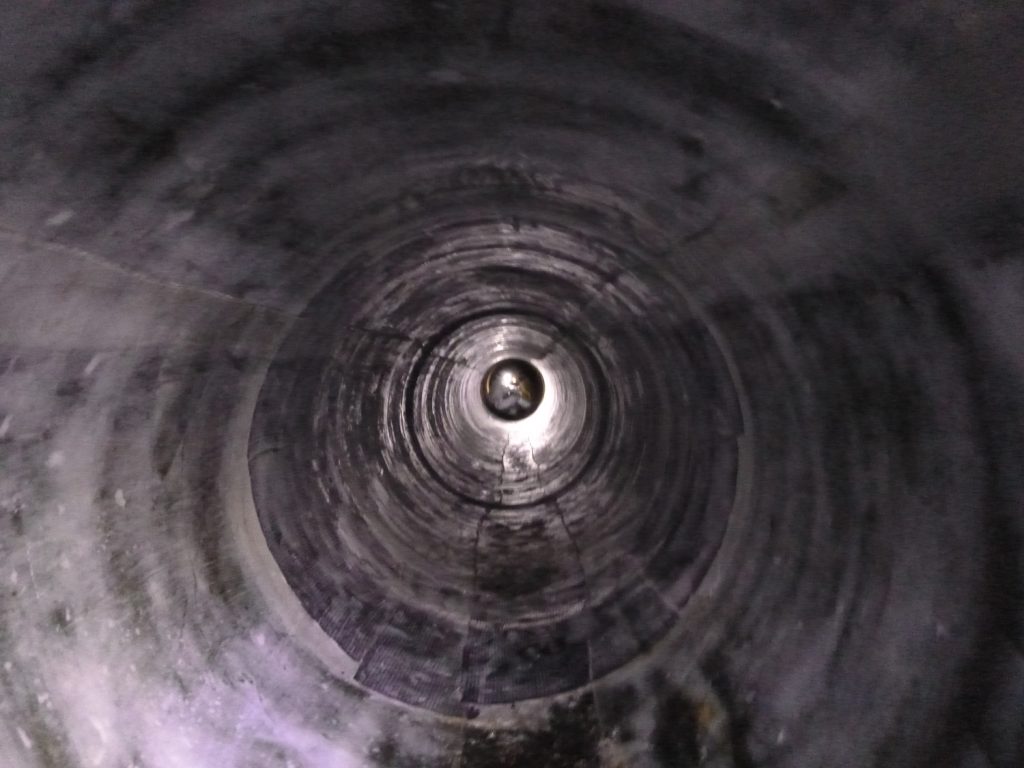Rehabilitation of a Critical High-Pressure Transmission Main underneath and in the Vicinity of a Major Highway

The joint transmission main (JTM) is part of the 38 mile long Joint Regional Water Supply System, operated and maintained by the South Coast Water District in California. The pipeline, made of 60 in. diameter PCCP manufactured in early 1960s, transports potable water to several service areas with limited redundancy. In 2010, the District started a condition assessment and repair program by performing an electromagnetic (EM) inspection of a 3 mile long section, of which a 1.5 mile long section was re-inspected in 2016. The EM inspections identified seven distressed pipes, one underneath a major highway (SR 133) with 19 ft of soil cover, one underneath the shoulder of the highway, two in the vicinity of the highway adjacent to a major new development, and three others in difficult to access wooded areas. The distressed pipes have a design working pressure of 150 psi to 200 psi and operate at pressures close to design. Considering high consequence of failure, the distressed pipe under the highway was repaired proactively using carbon fiber reinforced polymer (CFRP) liner in Phase 1 of the project. Phase 2 was performed on two pipes to verify the EM results by external inspection, reevaluate failure risk, and perform external post-tensioning repairs if necessary in the same shutdown. External inspections indicated that the EM inspection had significantly overestimated the number of wire breaks, and repair of the two investigated pipes was not necessary at this time. While the district and its consultants spent significant effort in planning and execution of Phase 2, the results proved such efforts worthwhile by avoiding unnecessary repairs and providing valuable information for planning of future inspections and repairs of the JTM. This paper presents planning and execution of both phases of the project from both the district’s and the consultant’s perspectives.
Publisher
2019 ASCE Pipelines Conference